A lot of my meat-eating friends worry about a plant-based diet because they think they won’t get enough protein. And it’s true that meat is an easy and quick way to pack in the protein.
On the other hand, I know some vegetarians/vegans who think that their diet will be healthy just by eating more veggies and cutting out animal products. Vegetables themselves can have a surprising amount of protein (peas has 8.6 grams!). But this protein is often incomplete and not enough on its own. So while I am a huge proponent of vegetable-centered eating, it has taken some intentional planning to make sure that my family gets appropriate amounts of complete protein. (It’s also tricky to get enough iron — see more on plant-based iron in my article here!)
Here are a few tips to keep in mind as you plan meals for meatless Monday (or any day as a vegetarian/vegan).
1. Choose a whole grain.
Whole grains are a great source of protein, not to mention fiber. Whole wheat flour, like the nice and light King Arthur brand, can contain 4 grams of protein. Brown rice has around 5 grams, not to mention a host of other beneficial minerals (including 88% of your recommended manganese). Whole wheat pasta has about 7.5 grams per serving, with a whopping 6 grams of fiber. And quinoa, the most righteous grain there is 😉 , has about 4.5 grams of complete protein.
While whole grains have a lot to offer when it comes to protein, the protein in whole grains is usually incomplete (except for the awesome quinoa), containing only some of the essential amino acids your body needs. That’s why you can’t stop here.
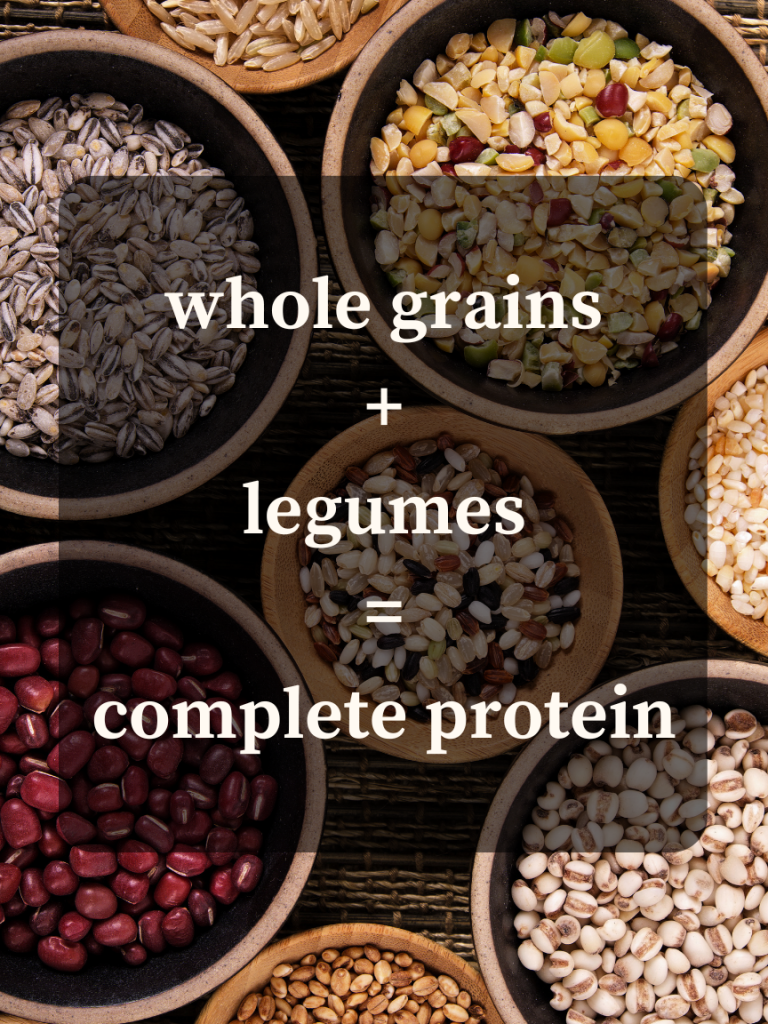
2. Choose a legume.
Black beans (15.2 grams protein), pinto beans (15.4 grams protein), chickpeas (14.5 grams protein), or lentils (17.9 grams protein) all serve as a great source of protein. The protein count in legumes is even higher than whole grains. But better yet, the amino acids in grains and legumes complete each other, providing you with a high-fiber, low-fat, (not to mention cheap!) complete protein option.
With a whole grain, a type of bean, and plenty of veggies, your vegetarian meal should be nicely rounded out with enough protein — without all the downsides to high-protein animal products.
3. Add some protein to your snacks.
If you’re still concerned about getting enough protein in your diet, you can turn your attention to your snacking. Instead of high-carb snacks like chips or crackers, try something with a little more staying power.
Homemade hummus (I love this recipe from Cookie & Kate), made with protein-rich chickpeas and healthy fats from tahini (sesame seed paste), can be a great part of a high protein snack.
A handful of nuts is also a great source of protein. Almonds (6 grams protein per 1 oz handful), peanuts (6.9 grams protein), or pistachios (6 grams protein) are a great choice!
If you want to add a little extra protein to your green smoothie, seeds are a great way to go. Hemp seeds have an amazing 9 grams protein per ounce. Flax seeds (5.2 grams) or chia seeds (4.7 grams) are a great way to go too.
Focusing on veggies is great for overall health, but we do have to be smart about still getting a balanced diet. What combo will you try to make a complete protein?
If you found this helpful, share this article with your friends!
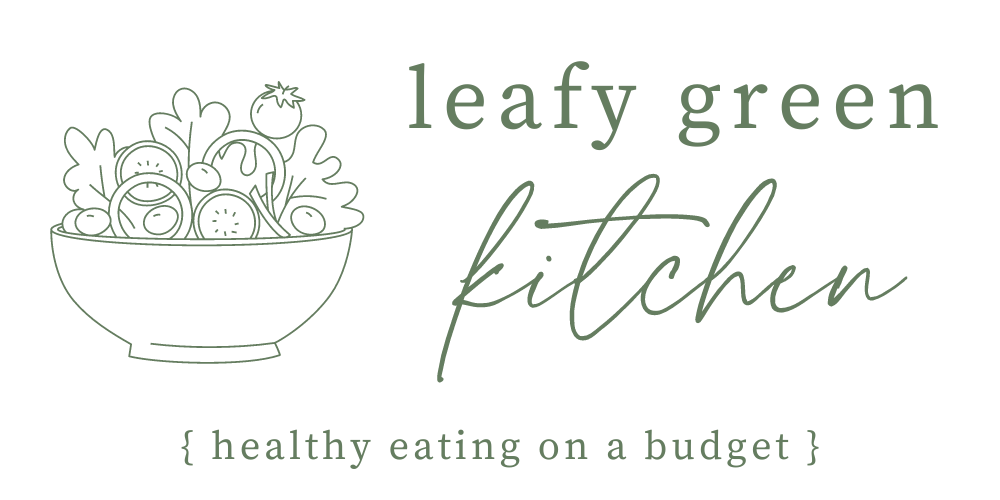
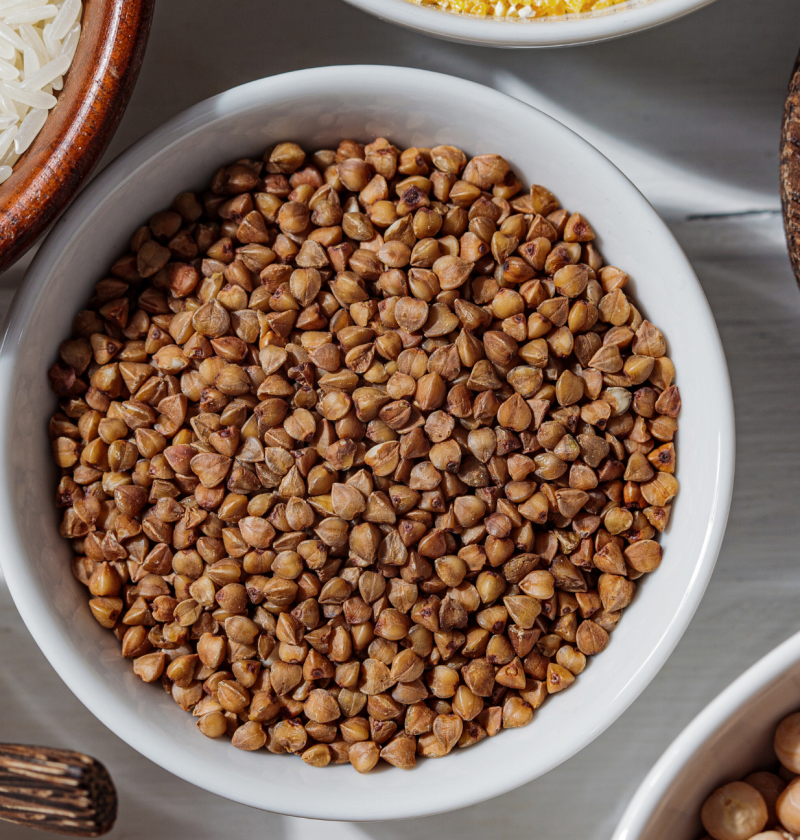
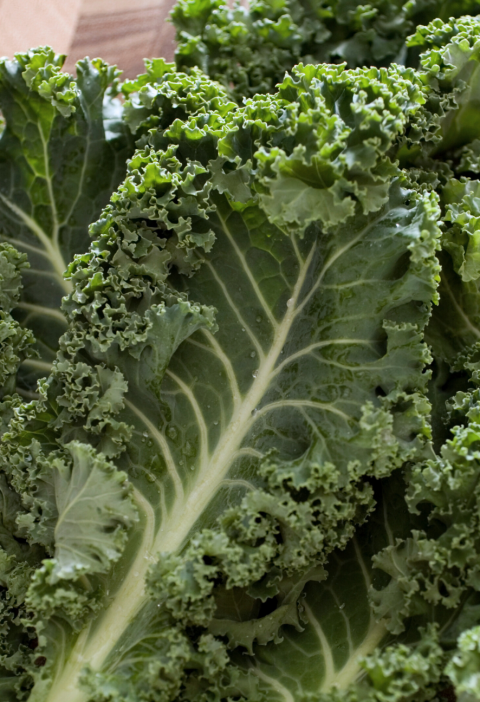
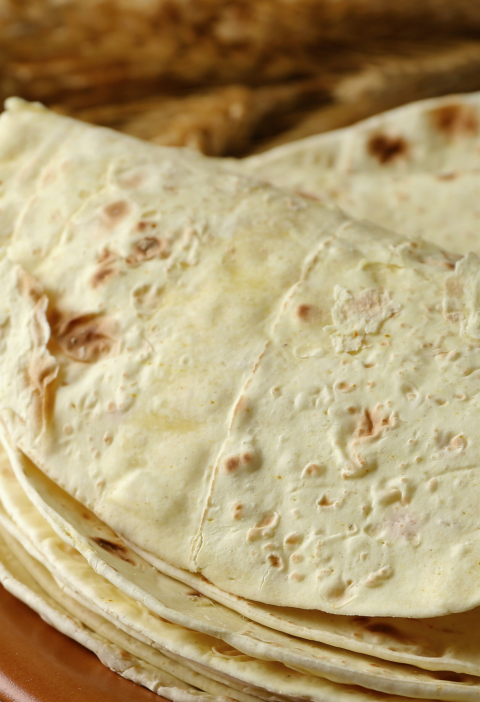
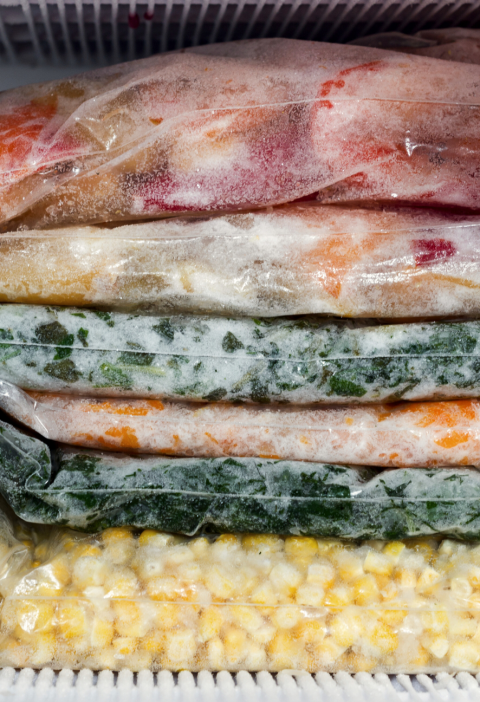
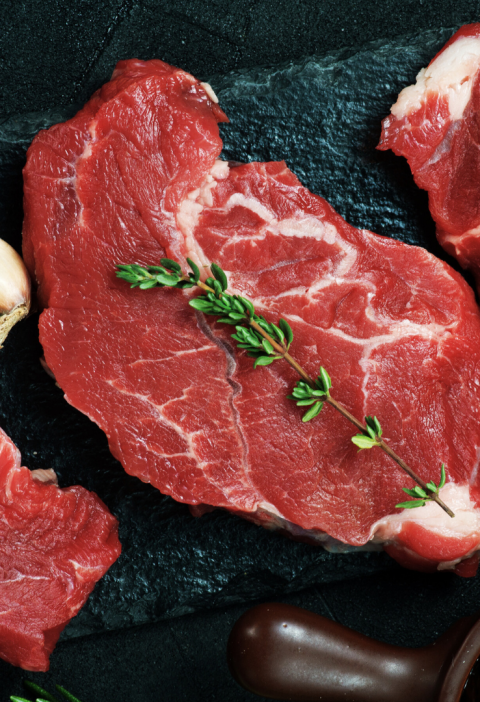
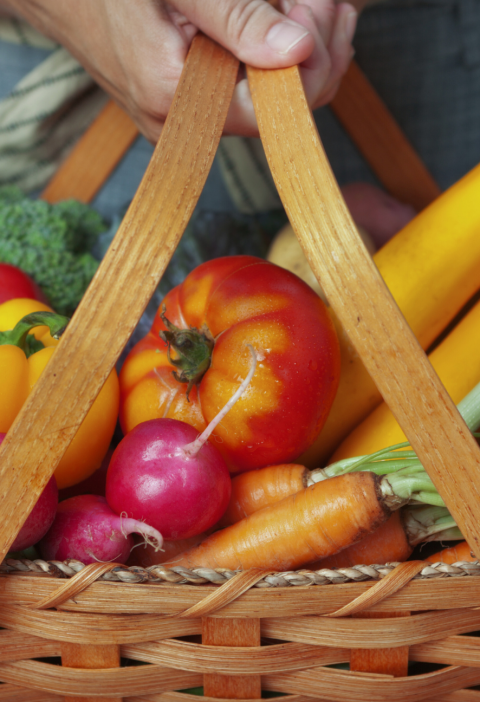
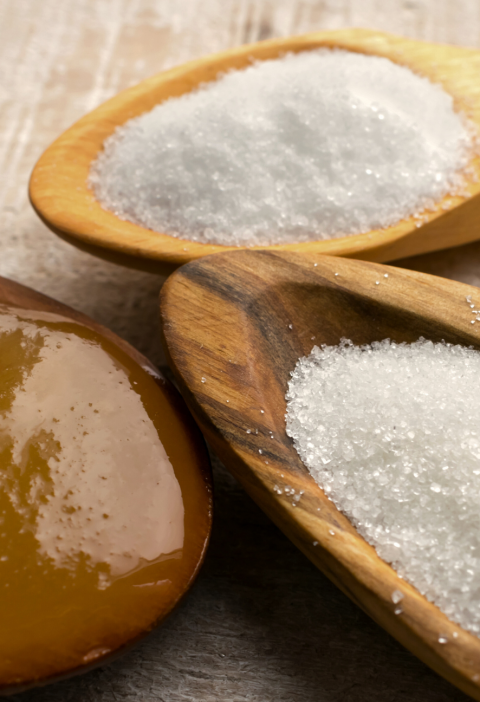
[…] increase risk of type 2 diabetes, and more. If you opt for a plant-based protein instead, check out my article here to learn how to make sure you get the essential amino acids (a complete […]